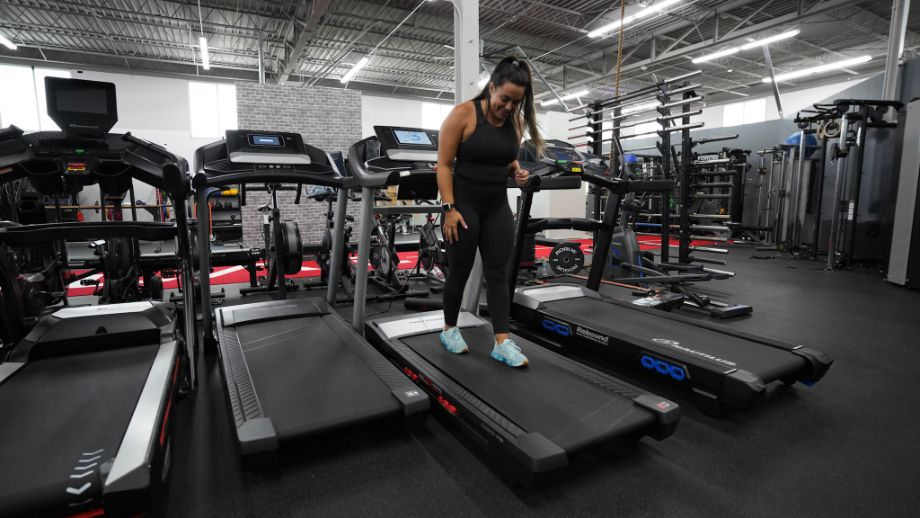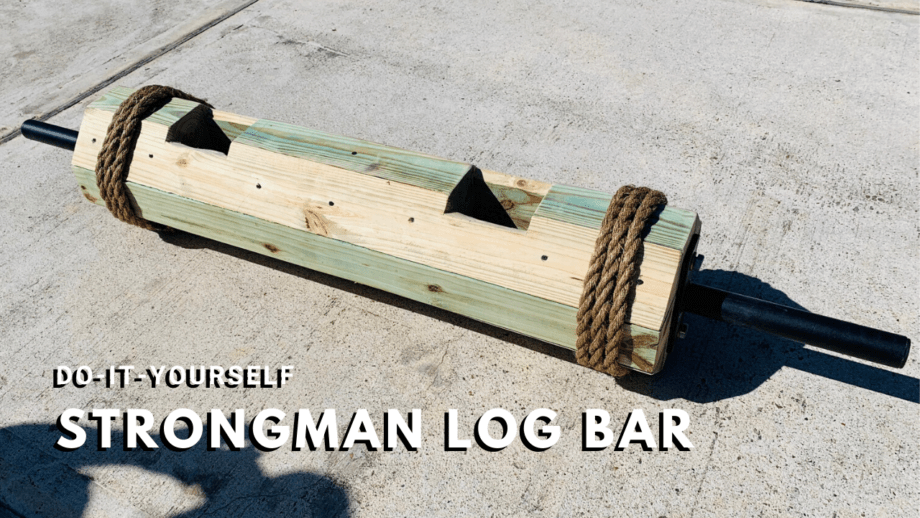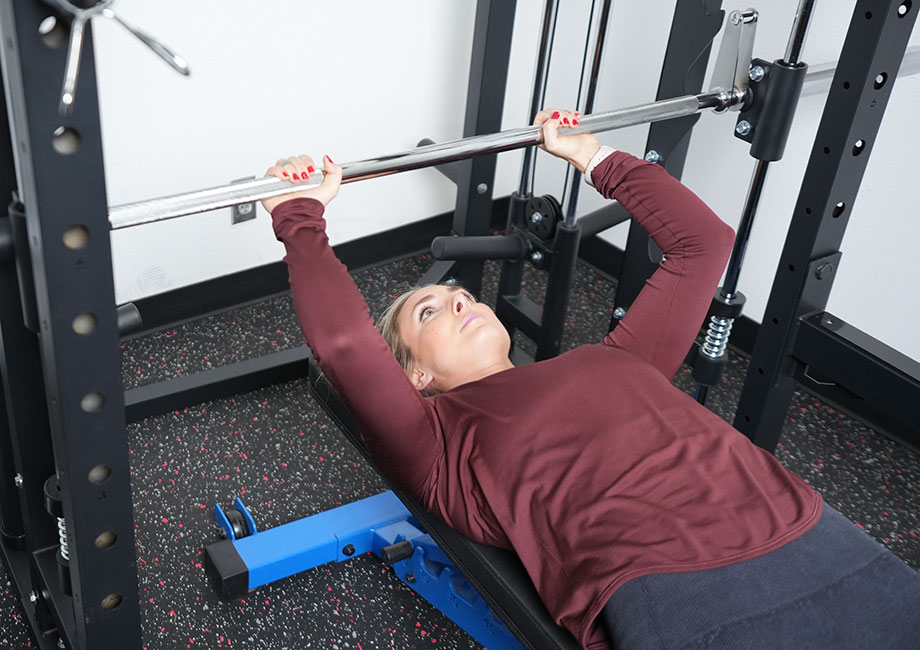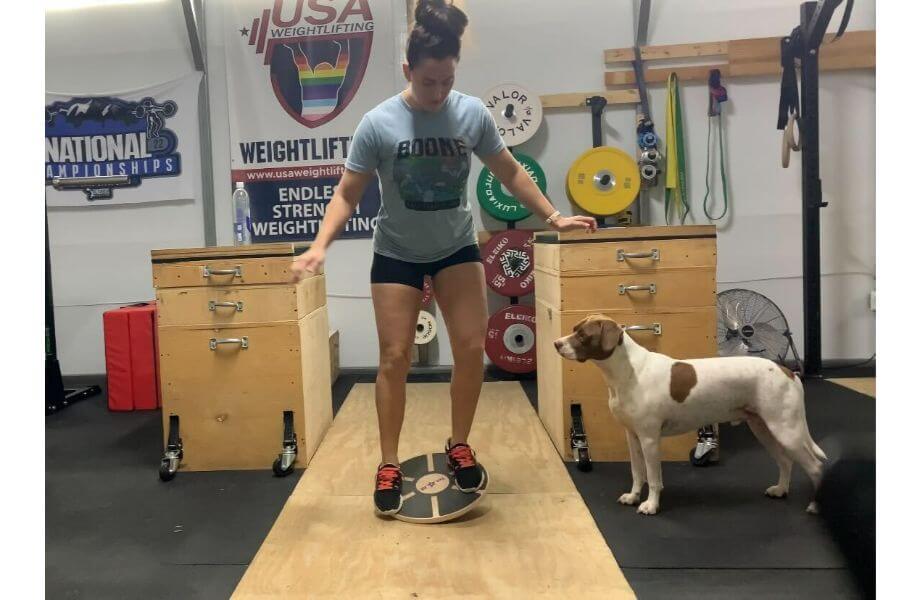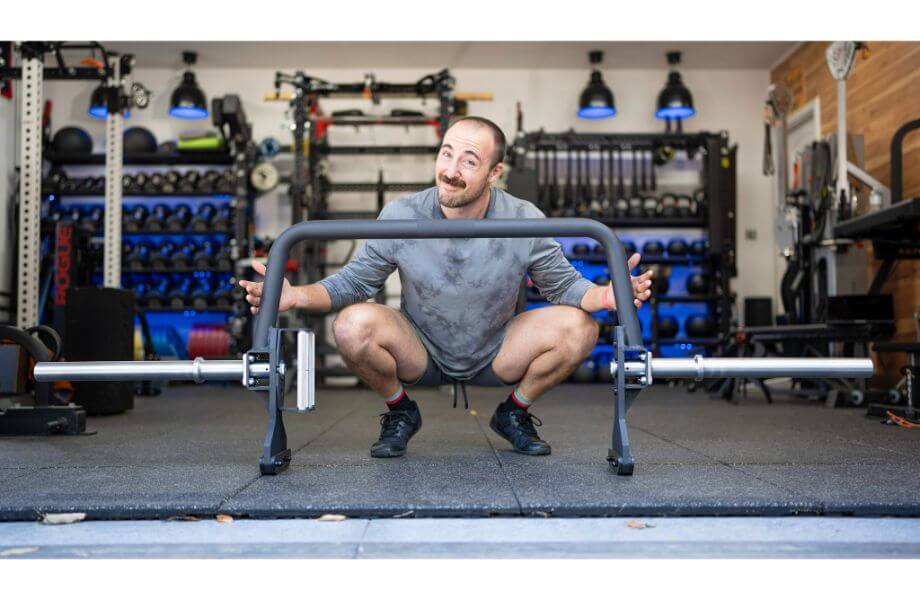If you want to get the most out of a machine, it’s important to know what makes it tick. This certainly rings true with treadmills.
The motor doesn’t just power the equipment, it also dictates its durability. The belt is more than just what your feet tread on; its length and cushioning determine your comfort level while running.
Every machine is different. Having a better understanding of the treadmill parts might ensure you’re purchasing the right machine, it can help you troubleshoot any problems, and it could potentially extend the lifespan of your treadmill.
Treadmill Structure
A treadmill may seem like a simple machine, but it’s quite complex. Many moving parts work together to provide a safe workout that’s easy on your joints and customized to each person. On many treadmills, there are both mechanical and electrical components that work together and signal to each other as you adjust your workout. The basic structure starts with the frame, the deck, and the running belt.
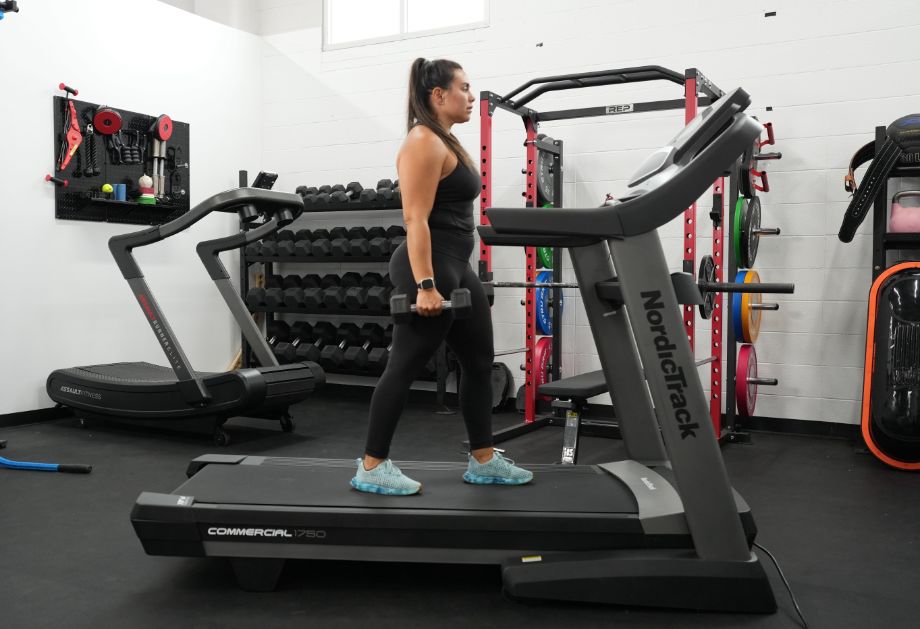
Frame
The frame of the treadmill refers to the pieces that hold the entire thing together. It is very important for support and stability.
Most treadmill frames are made up of steel or aluminum. Steel is heavier and could mean a sturdier machine. Aluminum frames, on the other hand, are lighter, which could mean easier portability in moving the treadmill.
Deck
The treadmill deck is the base that you run on. You cannot see this part because it sits underneath the belt that makes up the deck’s top layer. The quality of the deck can impact the lifespan of your treadmill.
Lower-budget treadmills may use plywood and plastics that do not last long and bend over time. High-end treadmills, like those you’ll find from Nordictrack and ProForm, will use wood with a wax and resin binder called medium-density fiberboard (MDF) that is resistant to bending. High-end treadmill decks are also coated with a synthetic polymer coating, which helps protect it against wear and tear.
RELATED: The Best Treadmill Coupons
Running Belt
The running belt is the top layer of the deck and a big selling point for many manufacturers. They can come in varying sizes, which is important because you need a belt that is long enough to match your stride. If you’re a tall runner, for example, then we recommend a belt that is 20 inches wide and 60 inches long, which provides enough room for free range of motion.
Not only is length important, but the belt material is, too! There are single-ply, one-ply, and multi-ply belts that are made up of different layers. Single-ply is a one-layer belt that provides little protection and is found in less expensive treadmill models.
Two-ply belts are found in most treadmills and have an added layer for cushion, while multi-ply belts have two or more layers. The purpose is to add more cushion for shock absorption in cushioned treadmills so you do not put added pressure on your joints.
A key component of treadmill maintenance is applying lubricant to the belt to keep it running smoothly. Some belts have lube worked into the material, but even those will fade over time. No treadmill is maintenance-free, even if it’s marketed that way.
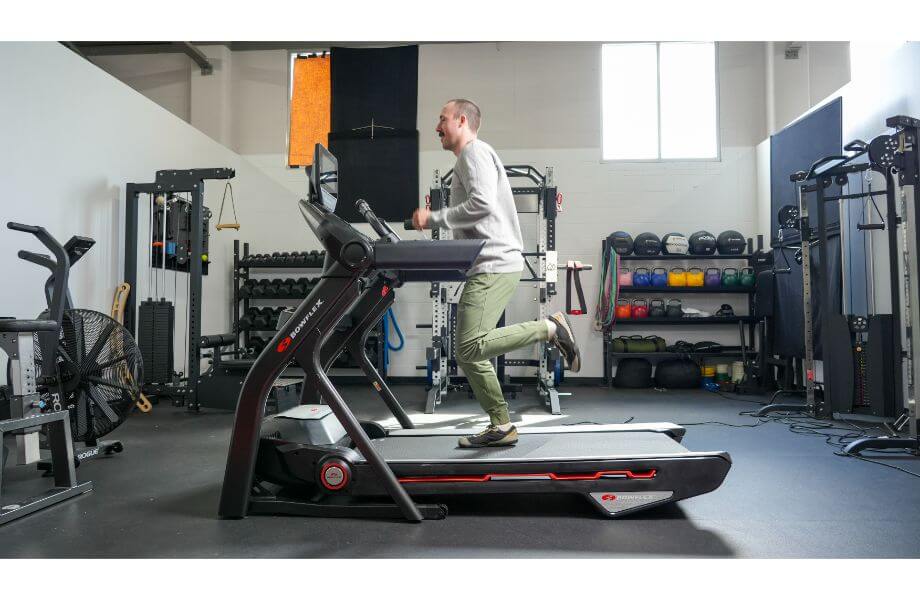
Mechanical Components
Before we dive in, be aware that manual treadmills won’t have many of the items below. Instead of relying on mechanical components to power the machine, the person using the machine turns the belt by running or walking.
On motorized treadmills, however, you’ll find mechanical components are under the treadmill cover, which is often located at the front end. These parts convert electrical energy into mechanical energy and control your speed and incline levels. Like all machines, these parts may need maintenance after a period of time. Therefore, keep your manual and model number of your treadmill handy in case you need to order a part.
Treadmill Motor
The drive motor is your power source for your workout! The motor is made up of pulleys and a drive belt that rotate to produce mechanical power known as horsepower. It’s important to understand the difference between horsepower (HP) and continuous horsepower (CHP). HP is the maximum speed that can be reached on the treadmill at its peak, but it cannot be maintained for extended periods of time.
Continuous horsepower motors are more powerful and can reach the maximum speed on the treadmill for long periods of time and sustain daily use. Exercise equipment with CHP treadmill motors tend to be faster, more durable, and more expensive.
Incline Motor
If your treadmill has an incline feature, it likely has a secondary motor. This motor allows the front end to be raised up to simulate walking up a hill. Adding incline can help tone your glutes, hamstrings, and calves and increase calorie burning.
The thrust rating is an important number to look at when it comes to the incline motor. The thrust rating will tell you the motor’s strength and its ability to lift up and hold your weight and the weight of the treadmill. For example, if you have a thrust rating of 300 pounds, but the treadmill alone weighs 300 pounds, and the person using it weighs 200 pounds, you have exceeded your 300-pound limit.
Some treadmills have the incline motor at the front of the treadmill, which may cause imbalance. Higher quality brands such as Life Fitness will place the incline motor in the middle under the deck for better stability.
RELATED: Incline Treadmill Workout
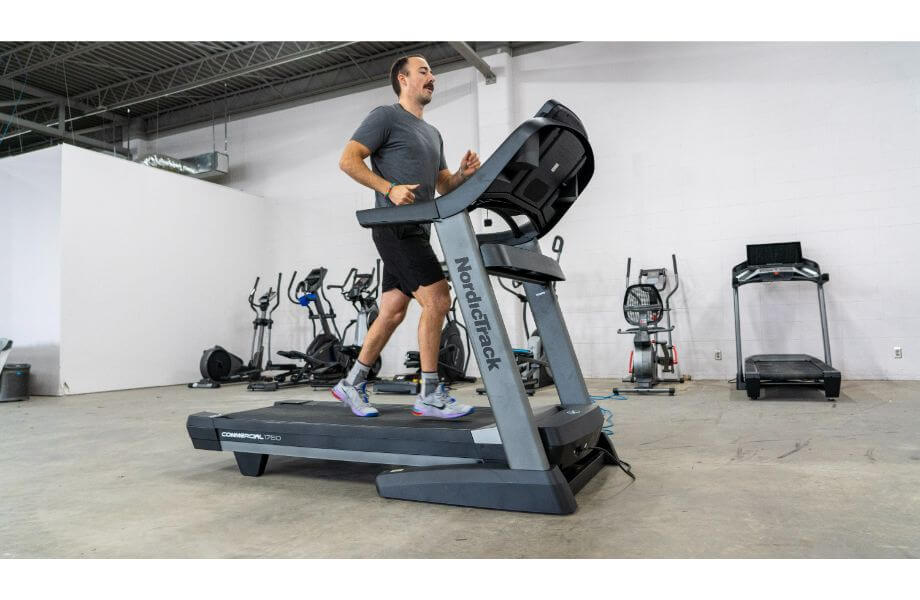
Rollers
The treadmill rollers keep the running belt turning. Front and rear rollers work together to turn the belt at your set speed and keep the belt centered. A treadmill with larger, heavier rollers will have more grip on the belt. More grip provides better belt tension, which takes stress off of the motor and improves the lifespan of the treadmill. If you’re looking to buying a treadmill, look for one with solid steel rollers, because they are more durable.
Electronics and Safety
Lastly, let’s go over the electrical components as well as safety features that many treadmills on the market today tout.
Console
The console of the treadmill is the computer and entertainment center. Most consoles have water bottle holders, easy-reach buttons, safety keys, and LCD screens. Some treadmills may even have touchscreens. They typically come with preset buttons that allow you to increase or decrease incline and speed, select a preset workout, and monitor your progress.
RELATED: Best Treadmills with TV Screen
The console can extend to the side and front handrails, which may be equipped with monitoring grips. These grips measure your pulse and display your heart rate and calories burned on the display screen to help you track your progress.
High-end treadmills tend to have additional electronics. Brands like Bowflex, Weslo, and Cybex have treadmill consoles with features like fans, Bluetooth, TV screens with streaming access, and Apple Watch pairing! These perks are great, but they play a big role in the cost of the treadmill and can increase the price. Also, a fancy console does not mean the working parts of the treadmill are great quality.
Power Source
Motorized treadmills require an outside power source. Based on the type of motor, there could be different power supply requirements. Some high-end treadmills may require their own power source so they do not flip the circuit breaker in your home. Typically, an at-home treadmill has a power cord that can be plugged into a grounded 120-volt outlet. However, you should review your user manual before placing a treadmill in your home to ensure you have the right power supply.
Treadmill Safety Key
A quality treadmill comes with a safety key, which must be attached in order for the treadmill to work. Oftentimes the key is a magnetic attachment or a key card that is inserted into the console. One end attaches to the console of the treadmill and the other is clipped to the user’s clothing. This way, if the runner falls or trips, the power will be immediately shut down to prevent further injury. The good news is many brands use a universal key, which means you can replace the treadmill safety key if it goes missing.
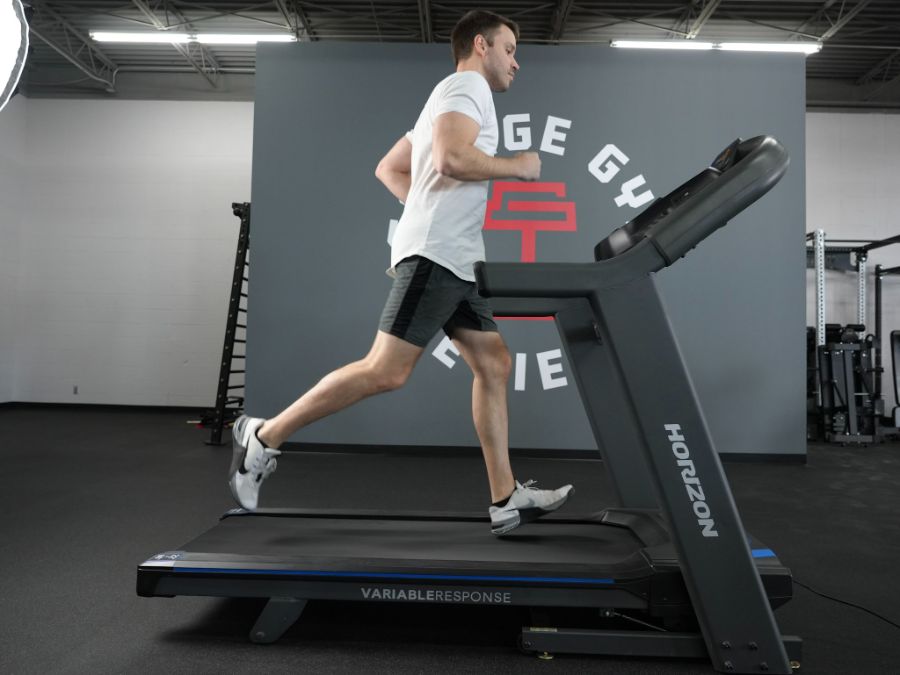
Treadmill Parts Glossary
Here are a few key terms to know when it comes to treadmill parts:
- AC Motor: Stands for alternating current motor. This motor uses magnetic fields and two switching currents to generate power. AC motors are found in high-end treadmills and often seen in gyms. They require a single power source and are typically louder than other motors.
- Accessory Tray: This is a tray typically attached to the console that can hold keys, phones, water bottles, and more.
- Continuous Duty Horsepower: Also known as CHP, this is a measurement of continuous power while in use. Related to fitness equipment, this means the same level of power is delivered throughout any length of your workout.
- Cooling Fan: Some cardio equipment such as treadmills, ellipticals, or stair steppers may feature cooling fans around the console area. These small fans are a nice addition for keeping cool during an intense workout.
- DC Motor: Stands for direct current motor. This type of motor pulls power continuously from its source. This is the most common type for at home treadmills.
- Horsepower: A measurement of power used for engines and motors. It’s derived from times when horses used to do all the work. Simply put, horsepower is the rate at which work is done. This can be converted into other units: 1 HP is equal to 746 watts.
- LCD: Stands for liquid crystal display. This is what many screens attached to treadmills are made up of. A light source shines through the liquid crystals and color filter to create the image you see on the screen.
- LED: Stands for light-emitting diodes. This is a layer of small individual lights that work in sync to produce light through a screen and emit an image. They are typically a more efficient energy-saving option and produce better image quality than LCDs.
- Pulse Grips: These are an added feature on most health and fitness machines today. These grips have sensors and when you hold them they read your pulse and display your heart rate in beats per minute (BPM) on the screen.
- Quick Controls: These are easy-access buttons found on handles or lower parts of the console. They allow a user to easily adjust incline and speed while in the middle of their stride. The style and placement of these buttons vary by manufacturer.
- Torque: Torque is a unit of measurement of the force it takes to move an object around a fixed point. This is what drives the belt to rotate over the rollers which signals the speed sensor and tells the computer how fast you are going. The amount of torque is directly related to horsepower.
- Tracking: When the treadmill walking belt is not centered, tracking will help recenter it. This is often done with an Allen wrench and a few turns at the end cap of the treadmill. These adjustments help you keep your belt aligned.
Treadmill Parts: Final Thoughts
Understanding the basics of a treadmill could help you troubleshoot problems and determine if you need a replacement part. When replacing a part, it is important to know the part number so you can get an exact match. Also double check your warranty because the part you need may even be covered!
Treadmill Parts FAQs
What are the different parts of a treadmill?
There are many parts to a treadmill. They can be broken down into treadmill structure, mechanical components, and electrical components. The structure is the frame, the deck and the belt. The mechanics are the motor and rollers, and the electrical parts are the console, safety key.
What is the frame of a treadmill?
The frame is the base and support of the treadmill. It provides stability and houses the motor, deck, and belt.
How do you read a treadmill display?
Each treadmill model has different style displays but they are all similar and easy to read. The most common displays show speed, distance in miles or kilometers, incline, calories burned, and heart rate. Using the buttons or touch screen you can choose which information you prefer to see during your workout.


